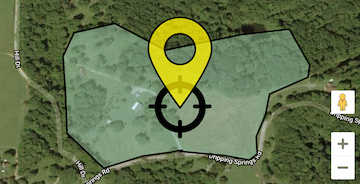Guide to Growing Successful Game Plots

Guide to Growing Successful Game Plots
- Always lime and fertilize because most woodland soils are low in phosphorus and tend to be acidic. A soil test will tell you how much to use. Information on taking soil tests can be obtained from your local County Extension office.
- Always prepare the soil by plowing, smoothing and firming the seedbed. Good seed-soil contact is essential for a thick, productive stand.
- Broadcast seeding by hand or with a spreader can produce good results if you are careful to cover most seed no deeper than 1/2 inch and use a log or heavy drag to firm up soil after planning.
- Select a site that is long and narrow with curves or bends in it to provide a sense of safety for wildlife. This is essential for deer and turkey. A rule of thumb is 1/4 acre of food plot to 10 acres of habitat.
- Avoid droughty sites such as deep sands or shallow rocky soils. Southwest facing sites are hotter in the summer and tend to dry out faster than bottom land.
- A minimum of 50% sunshine is essential for a healthy, productive food plot. Morning sun is better than afternoon sun for summer game food plots. The reverse is generally true in the winter.
- Grow something in your food plots year round to provide adequate nutrition for deer and turkey. Doe and fawns especially need spring and summer forage to stay healthy. Plowing strips and planting into existing plots is an excellent way to extend the productivity of the plot and hold wild game all year long.
- You may want to keep a record of each plot, which can include planting and fertilizer information, as well as the number of animals observed or harvested.
- Wire cages placed in the food plots that keep deer from grazing will provide you with valuable information on how productive the varieties are and how much forage is being grazed.


